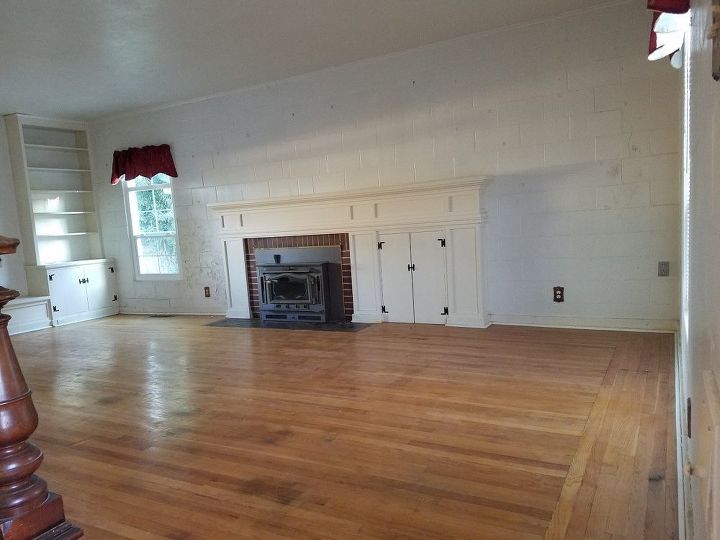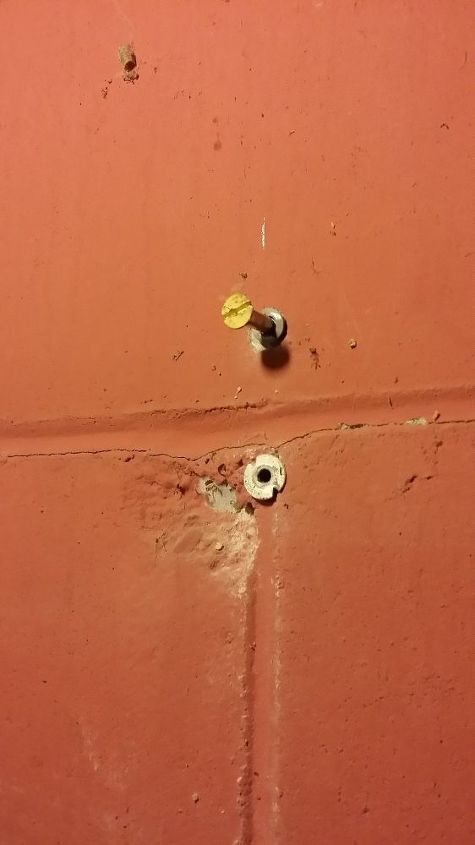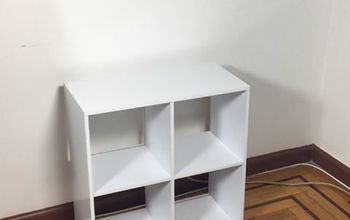Covering interior cinder block walls.

Related Discussions
Blackout curtains behind vertical blinds
I have two 6' patio doors, and I want to add blackout curtains to keep the sun/cold out. What is the best way to hang them, and what can I use to push the curtains ba... See more
How to make a balloon garland?
Does anyone know how to make a balloon garland or a balloon arch?
How can I hide an ugly cinder block basement wall?
A plumber got our cinder blocks wet in an area and now the white splotches are worse than the plain cinder blocks. I understand it is a bad thing to paint cinder bloc... See more
Repairing a damaged cinder block wall
Our backyard backs up to a parking lot. Someone bumped the cinder block wall with a heavy truck and about 8 of the cinder blocks broke in a 'v' formation. We have two... See more
How do you fix cracked mortar between basement wall cinder blocks?
A previous occupant screwed wall units into the basement wall cinder blocks and the mortar between the blocks. This caused cracks. Because the house is in a valley at... See more
Mold ON CINDER BLOCK WALLS
2 rooms were built onto the back of our mobilhome they are made out of cinder blocks we keep getting mold in the winter months really need some help on what to do to ... See more
How can I extend my cinder block wall upward?
Without informing home owners, builders put up a muti story medical building. They claim they did but it certainly didn’t get to me or my neighbors. Thus destroyin... See more



I would stud the entire wall, insulate it and hang sheetrock
I agree with Ann. First I would seal all the cracks in the block. Glue on 6 mil plastic on the block as a vapor barrier. Then I would glue on 2" foamboard on the block walls. The screw 1X4's flat over the foamboard, then drywall.
I would probably fir them out with 1 x 2 strips anchored to the wall and install drywall over them. You could stucco them if you feel up to that challenge. I'd hate to lose any of the depth or te hinges on those lovely built-ins, so I might also explore a textured and paintable wall paper.
We have the same down here in Oz,.
My concern is for your built-in's. Plus the area you live in may get damp in winter, and cause more problems behind the dry-wall. I know you can insulate but that is not always workable...with damp, and these blocks!
I would look at saving up and find a professional to render the wall.That is not something one should do, unless your quite well versed in it. That is a key wall in the home, so that is my take on this problem....all the very best.
After you insulate, I would consider covering it with white beadboard. I love the white open air look of the room
I would 1st apply DryLock (Home Depot or Lowes) to the walls. This will seal the block and prevent moisture. The least expensive thing then would be to texture the walls and paint. I did this in a basement and it worked great. If you prefer sheetrock you can fur in with two inch studs, put an insulation board between and cover with sheetrock following the DryLock. After much trial and error I have found DryLock to be the best product for block walls.
Hello. Being a DIY person on a home I owned I had to waterproof my basement walls from dampness to save thousands if $$$. I used the rustoleum version of flex paint which I bought at home Depot. It worked great at sealing the gaps in the cement block, but it took about 3-4 days for the aerosol paint spray odor to disappear. If I had the forum if flex seal paint in a can that I could have painted with a brush, it would have maybe not smelled as bad. But, it worked in sealing off dampness. Dry Lock cement Block draper paint didn't work when I did use it before , but since the flex seal paintdid I would recommend it. Do it in the summer, when you can open all the windows in the room and have a fan blowing on it to help it dry quicker, and vent out the fumes. Good luck.
Sealing the wall first then add bead board and it’s paintable📌